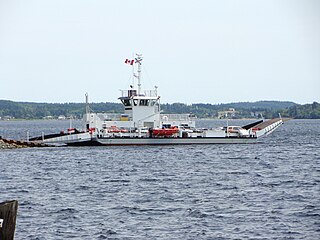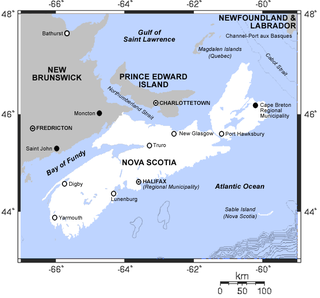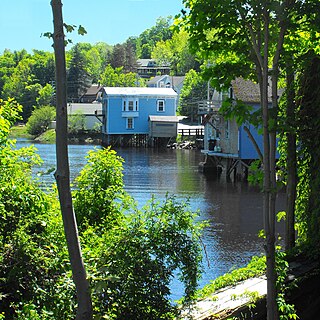| Petite Rivière | |
|---|---|
 Petite Rivière | |
| Location | |
| Country | Canada |
| Physical characteristics | |
| Mouth | |
- location | Green Bay |
- elevation | Sea level |
| Basin size | 244 km2 (94 sq mi) |
Petite Rivière is a river in Nova Scotia, Canada entirely within Lunenburg County. It is fed by numerous lakes, and a portion of the watershed is the drinking water supply for the town of Bridgewater.

Nova Scotia is one of Canada's three Maritime Provinces, and one of the four provinces that form Atlantic Canada. Its provincial capital is Halifax. Nova Scotia is the second-smallest of Canada's ten provinces, with an area of 55,284 square kilometres (21,300 sq mi), including Cape Breton and another 3,800 coastal islands. As of 2016, the population was 923,598. Nova Scotia is Canada's second-most-densely populated province, after Prince Edward Island, with 17.4 inhabitants per square kilometre (45/sq mi).

Canada is a country in the northern part of North America. Its ten provinces and three territories extend from the Atlantic to the Pacific and northward into the Arctic Ocean, covering 9.98 million square kilometres, making it the world's second-largest country by total area. Canada's southern border with the United States, stretching some 8,891 kilometres (5,525 mi), is the world's longest bi-national land border. Its capital is Ottawa, and its three largest metropolitan areas are Toronto, Montreal, and Vancouver. As a whole, Canada is sparsely populated, the majority of its land area being dominated by forest and tundra. Consequently, its population is highly urbanized, with over 80 percent of its inhabitants concentrated in large and medium-sized cities, with 70% of citizens residing within 100 kilometres (62 mi) of the southern border. Canada's climate varies widely across its vast area, ranging from arctic weather in the north, to hot summers in the southern regions, with four distinct seasons.
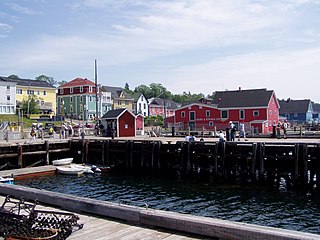
Lunenburg County is a county located on the South Shore of the Canadian province of Nova Scotia, It ranges from Hubbards to the east and Vogler's Cove to the west.
Three of the lakes on Petite Rivière (Hebb, Millipisigate, and Minamkeak) are the only known habitat of the Atlantic Whitefish. Through damming of the lakes, some of the water that once fed the Medway River now flows through the Petite Rivière system. There was a water aerodrome at Fancy Lake.
Medway River is a river in Queens County, on the southwestern shore of Nova Scotia, Canada. At 121 kilometres long, it is one of the major rivers of Nova Scotia and once supported a large run of Atlantic salmon. Historically, it was an important corridor to the interior waters of Nova Scotia such as Ponhook and Molega Lakes and as a log-driving river for the lumber industry.

Fancy Lake Water Aerodrome was located 3.5 nautical miles south southwest of Fancy Lake, Nova Scotia, Canada. The airport was listed as abandoned in the 15 March 2007 Canada Flight Supplement.
Samuel de Champlain is said to have given the river its name after landing near the mouth during the early 17th century.[ citation needed ] The river lends its name to the small community of Petite Riviere Bridge.
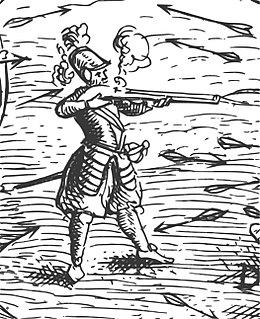
Samuel de Champlain was a French colonist, navigator, cartographer, draftsman, soldier, explorer, geographer, ethnologist, diplomat, and chronicler. He made between 21 and 29 trips across the Atlantic Ocean, and founded New France and Quebec City, on July 3, 1608. An important figure in Canadian history, Champlain created the first accurate coastal map during his explorations, and founded various colonial settlements.
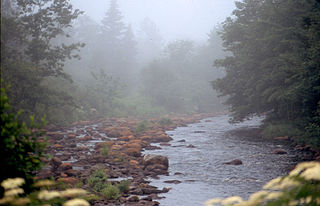
Petite Rivière Bridge is a rural community on Route 331 in Lunenburg County on the South Shore of Nova Scotia in Canada. It was formerly known simply as Petite Rivière.




